Edgeberry interface board for Raspberry Pi
Happy #MakerMonday to you all. This week, we’re celebrating by showing you another intriguing build from the pages of Raspberry Pi Official Magazine. Edgeberry is a modular expansion system that turns your Raspberry Pi into a robust, adaptable Internet of Things (IoT) edge device.
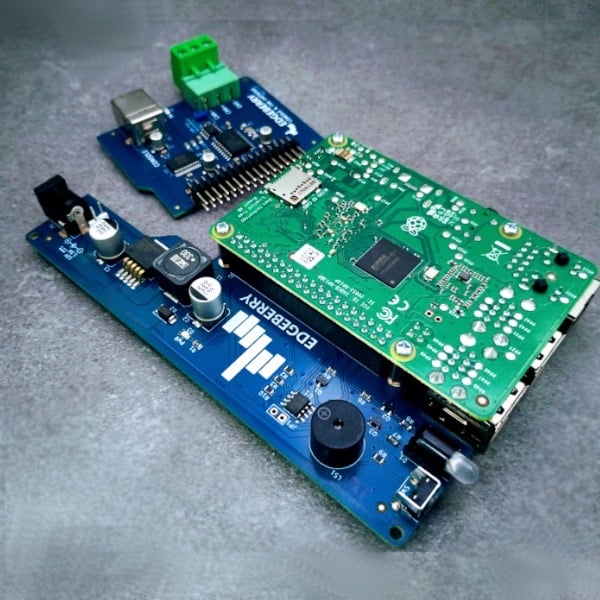
A lot of Raspberry Pi projects come to us after someone decided they couldn’t get the right parts for their own personal project, as… well… they didn’t exist. Sanne Santens’ impetus for her project was not much different.
“Edgeberry is the result of many years of throwing Raspberry Pi [computers] all over the place, literally, with all kinds of sensors, actuators, etc. glued to them, with custom-designed enclosures for protection or integration in its environment,” Sanne says. “I found myself basically redoing substantial parts of the system over and over — but just with small [variations]: making robust power solutions, mounting Raspberry Pi [boards] in boxes, wiring up interface boards, debugging flaky connections, writing device management features in an online dashboard.”
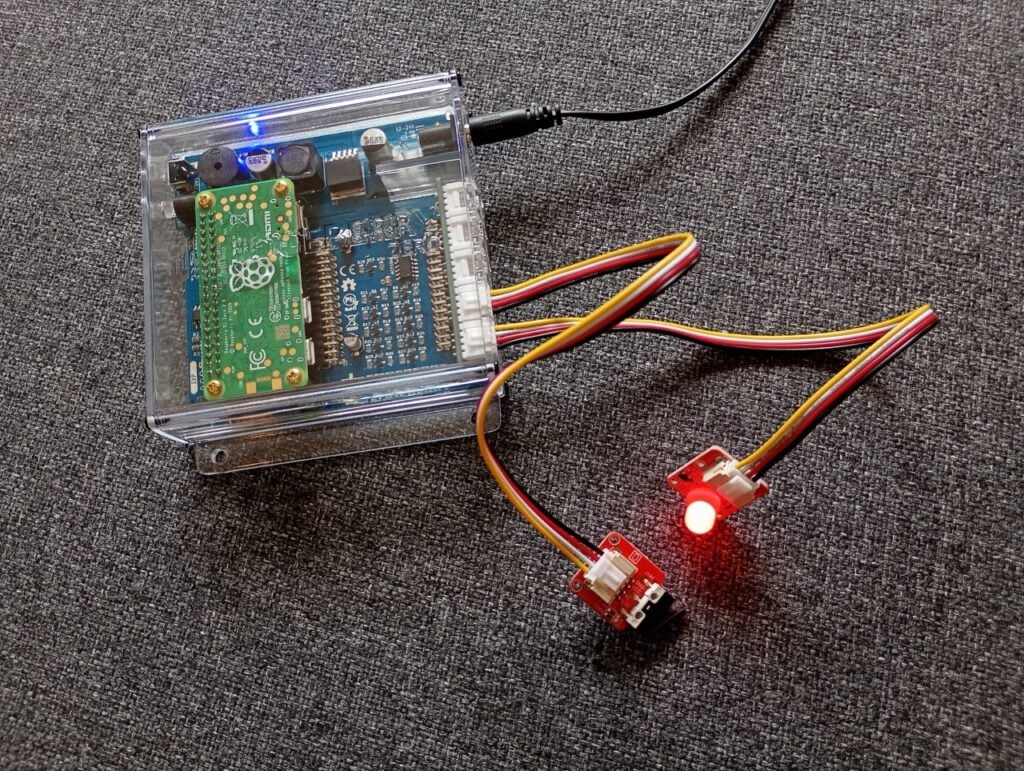
After noticing the commonalities between the devices she had been building, Sanne decided to create her own custom expansion board that combined them all together. “Edgeberry, to me, is the solid building plate/foundation on which I build my IoT ideas,” Sanne explains.
IoT development
This foundation became something Sanne believes can be helpful to many kinds of Raspberry Pi users.
“It’s a modular expansion system that turns Raspberry Pi into a robust, adaptable IoT edge device,” Sanne tells us. “It combines a custom HAT-style board, a robust 3D-printable enclosure, built-in user interface elements (like a status LED and buzzer), and a flexible hardware cartridge slot for application-specific electronics (leaving most of Raspberry Pi’s beloved I/O pins intact). Edgeberry simplifies the messy part of getting from prototype to real-world deployment for trying out (and iterating on) an idea, providing you with a stable, repeatable base you can trust… It’s meant for anyone who wants to build connected devices that work reliably outside the lab environment.”
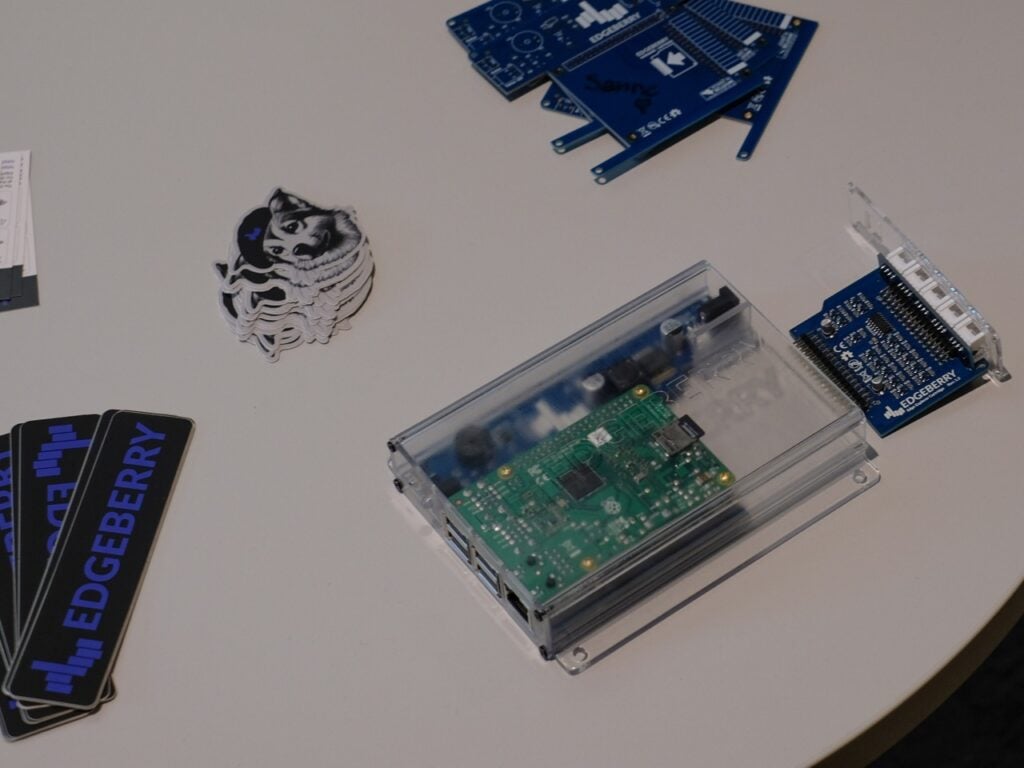
It’s all open source too, available on GitHub, so if you need to add more hardware yourself, you can use the KiCad template provided.
Real-world uses
“Edgeberry is already powering real deployments,” Sanne says. “It is, for example, the foundation of the Freya Vivarium Control System. It’s also been adopted in R&D environments where engineers need to quickly test ideas without worrying about power supplies, mounting, or reliability. It also has been tested in the classroom environment to give students hands-on experience with IoT concepts, without the fragility of breadboards and jumper wires. It fits wherever you need Raspberry Pi to cross into the physical world — cleanly and confidently. And I expect lots more applications to build on it in the future (even if just because I’m using it myself now, for everything).”
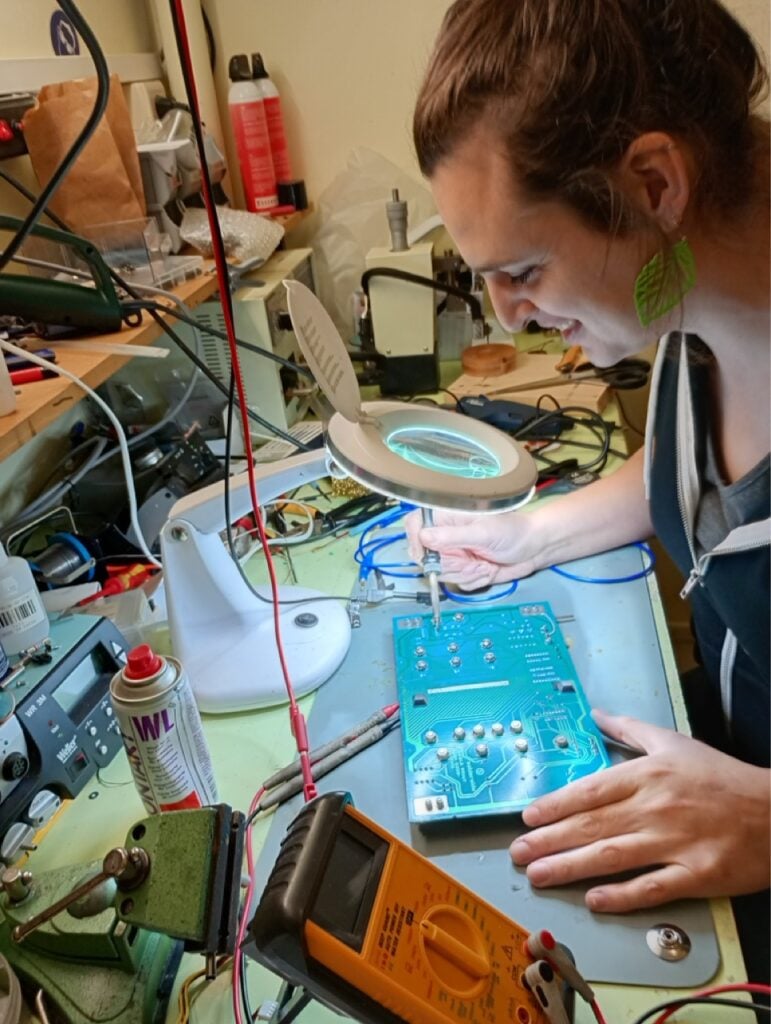
If you don’t want to make an Edgeberry yourself, various kits are available from Elecrow, with some extra cartridges too.
Raspberry Pi Official Magazine #157
You can grab this issue from Tesco, Sainsbury’s, Asda, WHSmith, and other newsagents, including the Raspberry Pi Store in Cambridge. It’s also available from our online store, which ships around the world. And you can get a digital version via our app on Android or iOS.
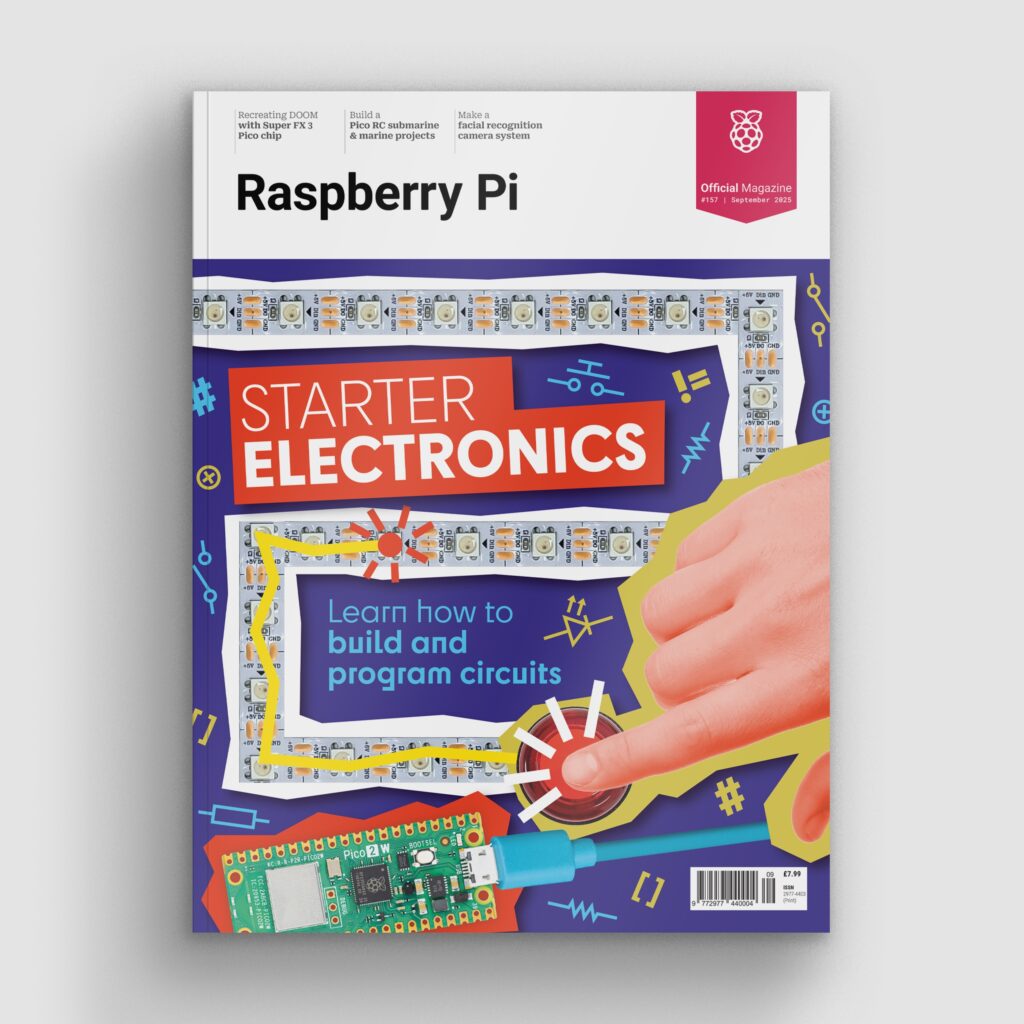
You can also subscribe to the print version of our magazine. Not only do we deliver worldwide, but people who sign up to the six- or twelve-month print subscription get a FREE Raspberry Pi Pico 2 W!
The post Edgeberry interface board for Raspberry Pi appeared first on Raspberry Pi.
from News - Raspberry Pi https://ift.tt/03QVtor
Labels: News - Raspberry Pi, IFTTT

0 Comments:
Post a Comment
Subscribe to Post Comments [Atom]
<< Home